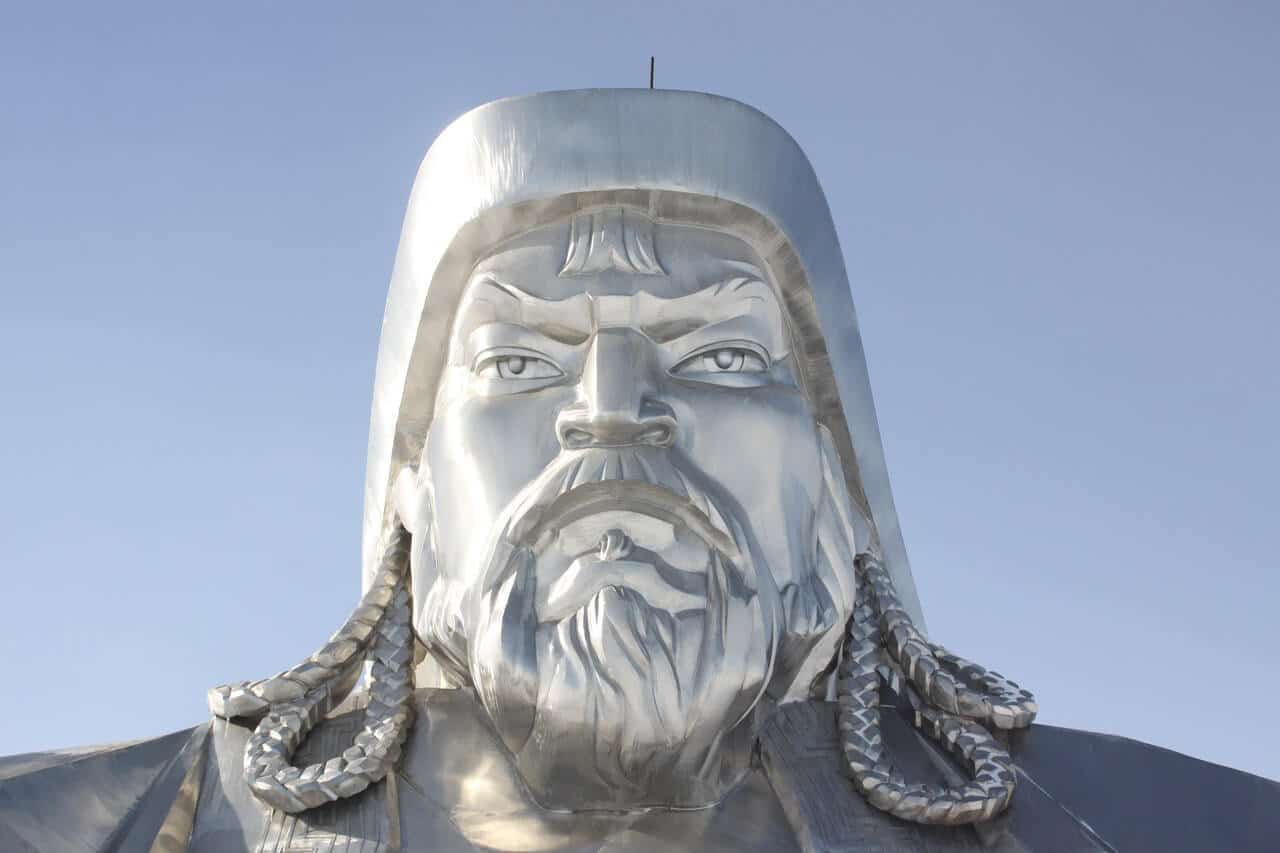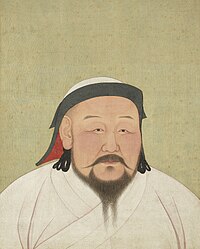Mongolia history timeline
Since ancient times, many ethnicities have lived in Mongolia. The majority of these people were nomads who, from time to time, formed confederations that rose to prominence.
–Modun Shanyu brought together the first group, the Xiongnu, in 209 BC to create a federation.
-1115: First mentioning of the Mongol people in Chinese records.
-1206: Temuujin, later to be known as Genghis Khan, unites the warring tribes of Mongolia and forms the Mongol Empire.
-1227: Genghis Khan dies; his empire is divided among his sons and grandsons.
-1260: The Mongols under Kublai Khan defeat the Chinese Song Dynasty, establishing the Yuan Dynasty in China.
-1368: The Yuan Dynasty is overthrown by the Ming Dynasty. The Mongols retreat back to Mongolia.
-1691: Outer Mongolia declares independence from the Manchu-ruled Qing Dynasty of China.
-1911: The Xinhai Revolution overthrows the Qing Dynasty in China; Outer Mongolia declares independence once again.
-1924: The Communist Party takes power in Russia; Outer Mongolia comes under Soviet influence.
-1949: Outer Mongolia becomes a satellite state of the Soviet Union, known as the Mongolian People’s Republic.
-1990: The Mongolian People’s Republic becomes a democracy; it is renamed Mongolia.
-1992: Mongolia adopts a new constitution and declares itself independent from the Soviet Union.
The list of key people
Genghis Khan

Genghis Khan (c. 1162–1227) was a Mongol ruler who conquered much of Asia and established the Mongol Empire, one of the largest empires in world history.
Genghis Khan was one of the most powerful rulers in history. He founded the Mongol Empire, which at its peak stretched from China to Europe. Genghis Khan was a brilliant military strategist and conquered many lands.
He was also known for being brutally efficient in his conquests, often wiping out entire cities. Genghis Khan died in 1227, but his legacy lives on.
The Mongol Empire was one of the largest empires in history, and Genghis Khan is still revered as one of the greatest conquerors of all time.
Ögöde

Ögödei (c. 1186–1241) was the third son of Genghis Khan and succeeded him as Great Khan of the Mongol Empire.
Ögödei increased the size and power of the Mongol Empire and initiated its golden age. He extended the empire’s rule from China to Central Asia, Persia, Europe, and Russia.
Ögödei also reformed the administration of the empire and codified Mongol law. He was widely considered to be one of the greatest khans in Mongol history.
Upon his death, Ögödei was succeeded by his grandson, Mongke Khan. Ögödei’s reign was marked by prosperity and expansion. The Mongols enjoyed a period of unprecedented peace and prosperity during his rule.
Töregene
Töregene (died 1246) was the wife of Ögödei and regent of the Mongol Empire during the minority of her son, Güyük Khan.
Batu

Batu (c. 1205–1255) was a grandson of Genghis Khan and a ruler of the Golden Horde, one of the successor states to the Mongol Empire.
Batu khan was a great leader and ruler of the mongol empire. He was born in He was the grandson of genghis khan, and he conquered many lands for the mongol empire. batu khan was a great warrior and a skilled strategist. He was also a wise ruler, and he helped to bring peace and prosperity to the mongol empire.
Möngke

Möngke (c. 1209–1259) was the fourth son of Ögödei and Great Khan of the Mongol Empire from 1251 to 1259.
Under Möngke, the Mongols completed their conquest of China, defeating the Southern Song Dynasty in 1279. They also undertook unsuccessful campaigns against the Mamluks in Egypt and the Ilkhanate in Iran.
Möngke died in 1259 while leading a campaign against the Arjoat Mongols in modern-day Vietnam. His death sparked a succession crisis that eventually led to the fracturing of the Mongol Empire into four separate khanates.
Möngke is generally considered to be one of the greatest of the Mongol khans. He was noted for his religious tolerance and patronage of literature and the arts.
Möngke’s reign was marked by economic growth and increased cultural exchange with the outside world.
Kublai Khan

Kublai Khan (c. 1215–1294) was the fifth Great Khan of the Mongol Empire and founder of the Yuan Dynasty in China.
Kublai Khan was the grandson of Genghis Khan, and the founder of the Yuan dynasty in China. Kublai was a skilled military leader, and under his rule the Yuan dynasty became a powerful empire.
He also initiated many important reforms, including modernizing the postal system and introducing paper currency.
Kublai was also an impressive builder, and many of his projects, such as the capital city of Dadu (modern-day Beijing), are still admired today. Kublai Khan was a great ruler who left a lasting legacy on both China and the world.
Togon-temür

Togon-temür (1320–1370) was the last emperor of the Yuan Dynasty, ruling from 1333 to 1370. He was a great-great-grandson of Kublai Khan.
He ascended to the throne in 1333 at the age of nine, after the death of his father, Toğöz Temür.
Togon-temür’s reign was marked by a series of civil wars that ultimately resulted in the fall of the Yuan dynasty. In 1368, Togon-temür was captured by the Ming army and taken to Beijing, where he was executed.
Togon-temür’s brief reign came to an end, but the legacy of the Yuan dynasty would continue to influence Chinese politics and culture for centuries to come.
Conclusion
The Mongol Empire was the largest contiguous empire in history and at its height covered over 33 million km2. This timeline of Mongolia’s history provides a snapshot of some of the most important moments in this fascinating country’s past.
Let us know in the omments below! or join our newsletter today
Related Content:
- Mongolian yurt and we call it ”Mongolian Ger”
- Most Popular 10 Mongolian food
- Mongolian beverages Most 5 healthy drinks in Mongolia
- Mongolian culture, heritage, and traditions
- Mongolian People and All time best FAQ
- The Top 5 Mongolian Cities, History
Share to Public
